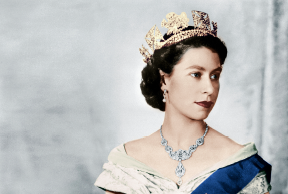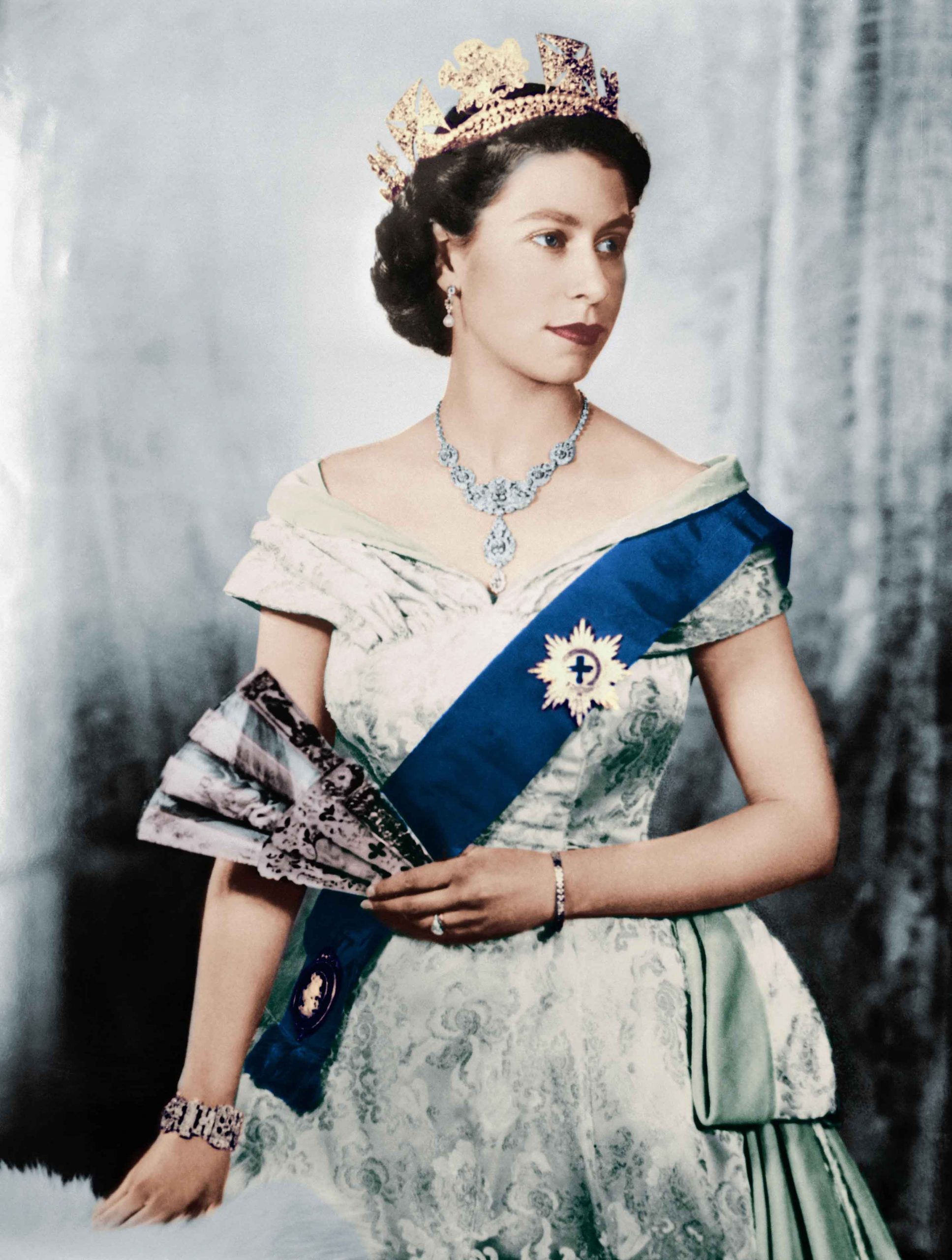 She passed away “peacefully” at Balmoral, the royal country estate in Scotland where she had spent her final months, surrounded by members of her family. News of the Queen’s death was announced at 6.30pm – two hours after new Prime Minister Liz Truss had been informed.
She passed away “peacefully” at Balmoral, the royal country estate in Scotland where she had spent her final months, surrounded by members of her family. News of the Queen’s death was announced at 6.30pm – two hours after new Prime Minister Liz Truss had been informed.
The official Palace statement read, “The Queen died peacefully at Balmoral this afternoon. King Charles and the Queen Consort will remain at Balmoral this evening and will return to London tomorrow.” Charles and his sister Anne, the Princess Royal, were at their mother’s bedside when she died. The Queen’s grandson Prince William, now the Prince of Wales and the Duke of Cornwall and Cambridge, her sons Prince Andrew and Prince Edward, and Edward’s wife Sophie, Countess of Wessex, raced to Balmoral that afternoon but arrived shortly after she had passed away.
The Duke of Sussex arrived separately, around an hour after news of his grandmother’s death was announced. Prince Harry’s wife Meghan, Duchess of Sussex, remained in London while William’s wife Kate, now Princess of Wales and Duchess of Cornwall and Cambridge, remained in Windsor because their three children had just started at their new school.
Tributes to Her Majesty flooded in quickly and were led by the PM, who described her as “the rock on which Britain was built” and “the very spirit of Britain”.
The King paid his own tribute, saying his mother’s death was “a moment of the greatest sadness”, adding, “I know her loss will be deeply felt throughout the country, the realms and the Commonwealth, and by countless people around the world.” Despite the rainy conditions, thousands flocked to Buckingham Palace to pay their respects.
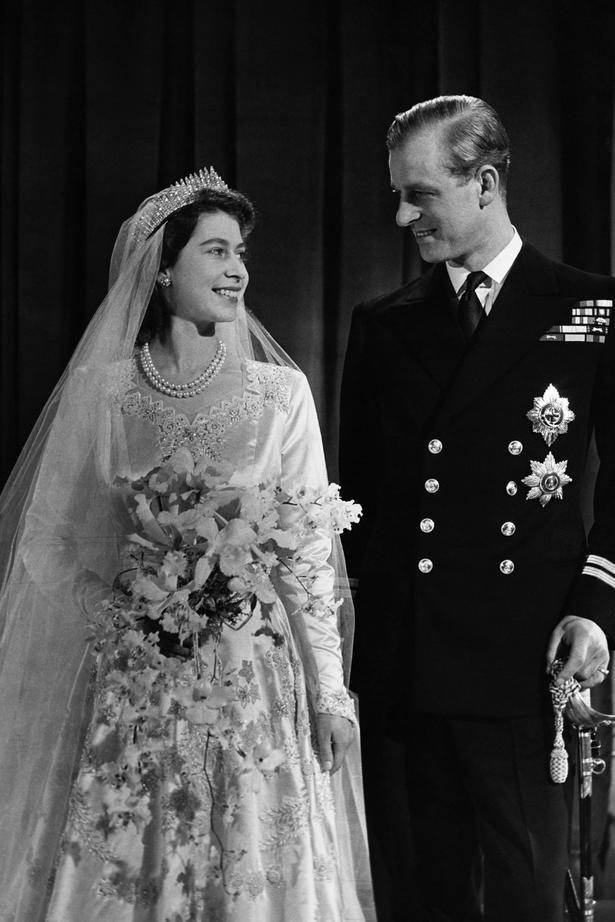 There were also huge crowds at Windsor Castle, the Berkshire residence where the Queen had spent much of the past two years. Hundreds of London’s black cab drivers lined The Mall silently in a touching tribute, as they did when the Duke of Edinburgh died last year, their lights glowing as darkness fell.
There were also huge crowds at Windsor Castle, the Berkshire residence where the Queen had spent much of the past two years. Hundreds of London’s black cab drivers lined The Mall silently in a touching tribute, as they did when the Duke of Edinburgh died last year, their lights glowing as darkness fell.
And in a brief but poignant moment, a stunning rainbow appeared above both palaces as the Union Jack was lowered to half-mast.
The Queen’s death on Thursday came two days after she transferred the reins of political power from outgoing PM Boris Johnson to Ms Truss. During that historic moment, the Queen smiled as she greeted the new Tory leader in the drawing room at Balmoral before officially inviting her to form a new Government.
But fears for her health were raised when she canceled a Privy Council meeting due to be held over Zoom that evening, after doctors advised her to rest. And when Buckingham Palace took the unusual step the following day of announcing that Her Majesty’s doctors were “concerned” for her health, those fears were heightened.
 Despite a short period of ill-health, largely to do with mobility issues, the Queen worked right up until the end, continuing her lifelong devotion to the role she had taken so very seriously.
Despite a short period of ill-health, largely to do with mobility issues, the Queen worked right up until the end, continuing her lifelong devotion to the role she had taken so very seriously.
When the then Princess Elizabeth celebrated her 21st birthday on 21 April 1947 during a tour of South Africa with her parents, she chose her coming of age as the moment she would publicly dedicate herself to the service of her country and the Commonwealth.
Her simple, heartfelt promise – made in an historic radio broadcast from Cape Town – was to endure right up until her death. “I declare before you all,” she said that afternoon, “that my whole life, whether it be long or short, shall be devoted to your service and the service of our great imperial family, to which we all belong.
“But I shall not have strength to carry out this resolution alone unless you join in it with me. God help me to make good my vow and God bless all of you who are willing to share in it.” At the time, Elizabeth could never have imagined she would enjoy a record-breaking 70-year reign as one of the best-loved monarchs in history. Her statement of commitment to the people touched the hearts of millions of her future subjects listening around the world.
And back in London, Prime Minister Winston Churchill was said to have wept in wonder at her dignity and grace.
Because Princess Elizabeth Alexandra Mary of York was never supposed to be Queen. It was the abdication of her uncle, Edward VIII, in 1936 that transformed the destiny of the little girl known as Lilibet as her father, George VI, became king.
Yet when the heavy burden of the crown fell on her own young shoulders in 1952, the Queen bore it with an inner strength drawn from that God-given vow made just five years earlier. Her resolve was also bolstered by the love and support of her husband, the Duke of Edinburgh, her loyal and devoted consort for more than 74 years.
So perhaps it is no surprise that when her beloved Philip passed away last year, a few weeks before his 100th birthday, the Queen felt her own strength start to wane.
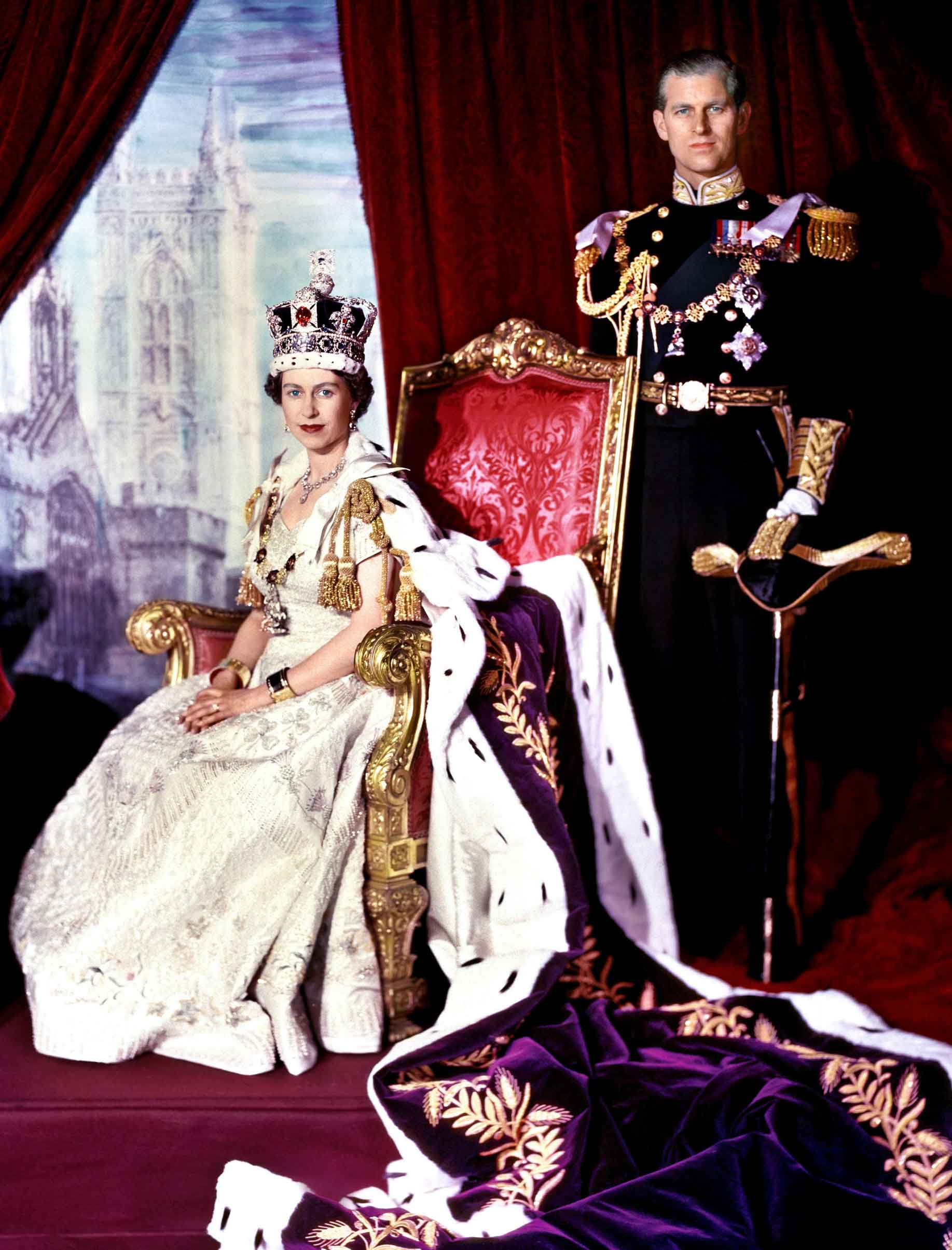 The passing of the Duke of Edinburgh, on 9 April 2021, now appears to have marked the start of her own decline into frailty. And while her resolve and sense of duty never wavered, grief clearly took its toll on the 96-year-old monarch’s health.
The passing of the Duke of Edinburgh, on 9 April 2021, now appears to have marked the start of her own decline into frailty. And while her resolve and sense of duty never wavered, grief clearly took its toll on the 96-year-old monarch’s health.
Royal expert Duncan Larcombe says, “I don’t think Her Majesty ever fully recovered from the death of the Duke of Edinburgh. We were all amazed at how quickly she got back to work after his funeral and touched that she appeared so determined to follow Philip’s famous mantra, ‘Just get on with it.’ She continued to push herself so hard – perhaps underestimating the physical and emotional impact of bereavement and grief.
“His death was clearly not unexpected. But, in the run-up to it, the Queen had been going through the same pandemic and lockdown frustrations as everybody else. She couldn’t spend time with her children and grandchildren, she was forced to work from home and couldn’t get out to meet the public. For a monarch who always said she ‘had to be seen to be believed’, that must have been unsettling. And then the man who had been at her side for all those years was gone and she had the added strain of that harrowing, socially-distanced funeral.
“The images of the Queen, so small and alone, sitting in the quire stalls of St George’s Chapel, were heartbreaking. Because that was the first time we really saw her as a vulnerable 95-year-old woman, rather than the Head of State. And we wondered how on earth she was going to cope without her ‘strength and stay’.”
Her “strength and stay” was how the Queen described her husband in a speech marking their golden wedding anniversary in 1997.
“Prince Philip is someone who doesn’t take easily to compliments,” she said. “But he has, quite simply, been my strength and stay all these years, and I, and his whole family, and this and many other countries, owe him a debt greater than he would ever claim, or we shall ever know.” Despite her deeply personal loss, the Queen did her best to carry on and threw herself back into a packed schedule of public engagements.
And she once again showed her legendary strength through family challenges as well as the Covid pandemic.
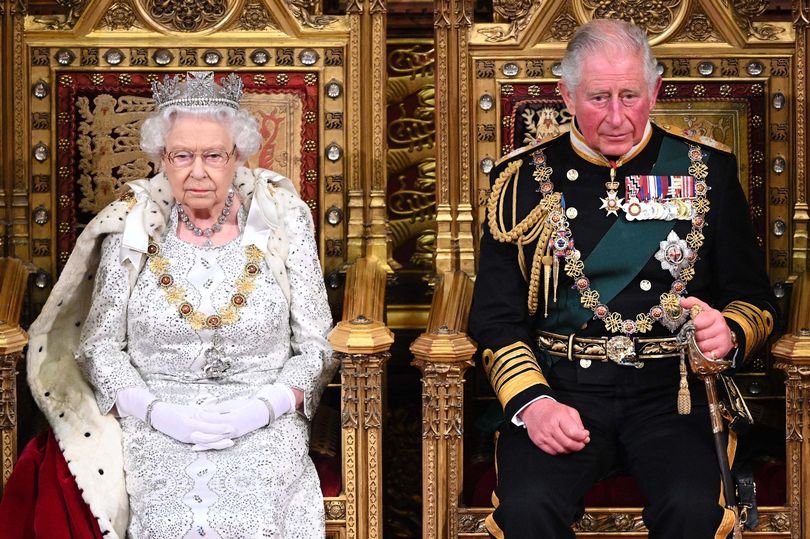 Duncan says, “No matter how resilient and pragmatic the Queen was, this maelstrom of extraordinary circumstances must have distressed her. The departure of Prince Harry and the accusations thrown at the royal family were especially difficult. Harry was always the apple of her eye. She adored his slightly rebellious streak and the fact the public warmed to him. So that whole business must have wounded her deeply – as must the [Prince]Andrew affair.” More recently, the Queen had to bow out of a number of engagements, as the Palace told of her issues with mobility. She had become more frail and bowed than usual, carrying a walking stick during public appearances.
Duncan says, “No matter how resilient and pragmatic the Queen was, this maelstrom of extraordinary circumstances must have distressed her. The departure of Prince Harry and the accusations thrown at the royal family were especially difficult. Harry was always the apple of her eye. She adored his slightly rebellious streak and the fact the public warmed to him. So that whole business must have wounded her deeply – as must the [Prince]Andrew affair.” More recently, the Queen had to bow out of a number of engagements, as the Palace told of her issues with mobility. She had become more frail and bowed than usual, carrying a walking stick during public appearances.
Last October, she was left “disappointed” after being forced to cancel a two-day trip to Northern Ireland, having been advised to rest by medics. She also spent a night in hospital, where she underwent “preliminary investigations”. Things took a further turn for the worse in November, when she was unable to attend the Remembrance Sunday Service at the Cenotaph after spraining her back.
The Queen’s recent ill-health might not have been such a cause for concern had she not appeared so remarkably robust in recent years. Apart from the removal of a cataract in 2018, she enjoyed exceptionally good health, suffering little more than the occasional cough or cold.
This year, however, brought further cancellations and reduced public appearances. In February, she was struck down by Covid and, understandably, took time to recover from the virus, which left her feeling “very tired and exhausted”.
In April, it was announced that the Queen would not be attending the traditional Easter Sunday church service at Windsor Castle.
Then, in May, Charles took her place at the opening of Parliament, after she experienced what the Palace described as “episodic mobility problems”.
Happily, the Queen seemed to rally in time for her historic Platinum Jubilee celebrations in June, during which the nation saw her appear on the balcony at Buckingham Palace, smiling and waving at the adoring crowds. But she was forced “with great reluctance” to pull out of a thanksgiving service at St Paul’s Cathedral on 3 June after experiencing “discomfort” at the celebrations the day before.
Despite being an avid horse-racing fan, she also missed a scheduled appearance at the Epsom Derby. In a heartfelt message following a joyous weekend of celebrations, she said, “While I may not have attended every event in person, my heart has been with you all and I remain committed to serving you to the best of my ability, supported by my family.”
Despite her advanced years, the Queen’s death still came as a huge shock and it will take a long time for the nation to come to terms with the loss of its longest-serving monarch.
Royal expert Duncan explains, “Queen Elizabeth was our Head of State from 1952, so her death is the most significant constitutional event in the lives of most British people. Losing her is going to affect the nation far more than they might realise – like the death of a member of their own family. This is a watershed moment in our nation’s history. It is the end of the second Elizabethan era. Britain has lost a figurehead with more wisdom and experience than any country in the history of the human race.
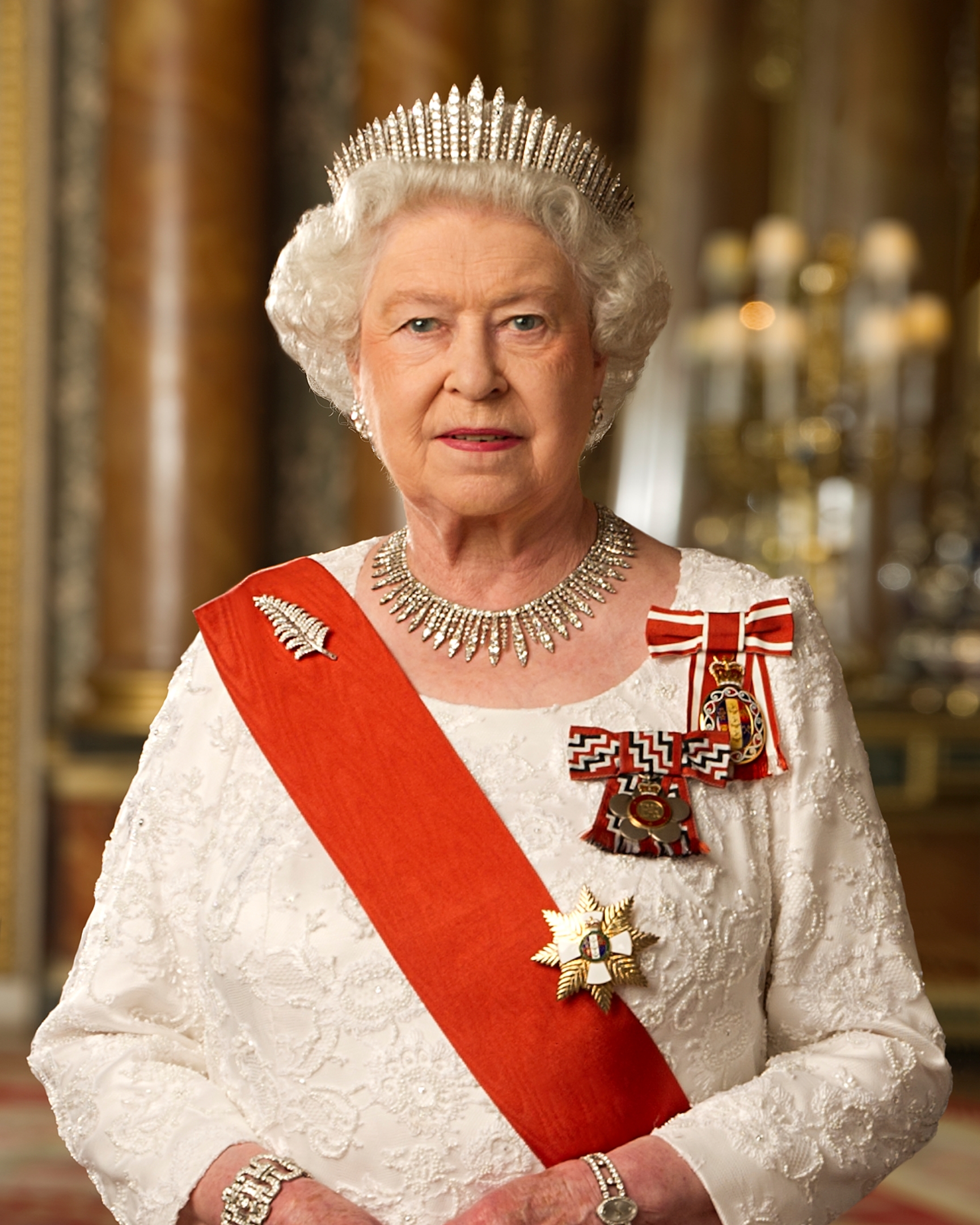 “She amassed an incredible bank of knowledge throughout her long reign. That was evident from the way she rallied and reassured the nation during the pandemic battle. Covid was terrifying and unsettling but it brought the Queen into her own. She was able to call on all that wisdom and experience and reassure her people with calmness and fortitude. The speech she gave in April 2020 evoked the wartime spirit and made us believe we could succeed and would meet our loved ones again.
“She amassed an incredible bank of knowledge throughout her long reign. That was evident from the way she rallied and reassured the nation during the pandemic battle. Covid was terrifying and unsettling but it brought the Queen into her own. She was able to call on all that wisdom and experience and reassure her people with calmness and fortitude. The speech she gave in April 2020 evoked the wartime spirit and made us believe we could succeed and would meet our loved ones again.
“The Queen’s extraordinary sense of duty never failed her and in the final months and years of her reign she was more popular and loved than ever. And she died knowing that the future of the Monarchy is secured for at least the next three generations in the hands of Charles, then William and George.” Her Majesty the Queen kept the solemn vow she made to her subjects when she turned 21. Now, she is gone after a long and glorious reign, soon to be laid to rest at Windsor beside her “strength and stay”.
We at OK! are paying our own tribute with this special commemorative feature. And we are sure that all of our readers will join us in saying, “God bless you and thank you, Ma’am.”
BYLINE: CHLOE REEVES
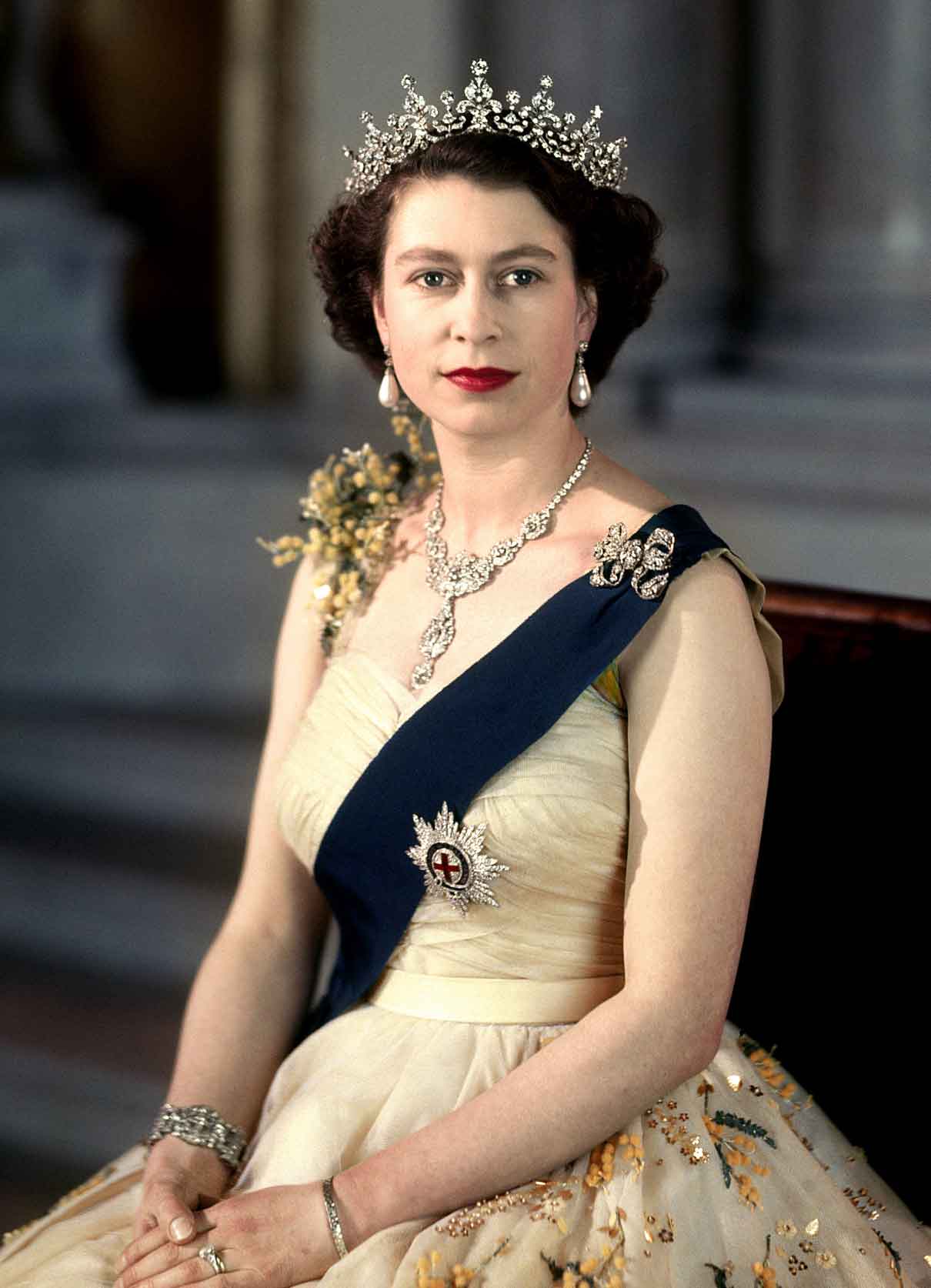 In an address to the nation, just less than 24 hours after Her Majesty’s passing was announced, King Charles spoke of his “profound sorrow”, saying his mother was “an inspiration and example to me and to all my family, and we owe her the most heartfelt debt any family can owe to their mother; for her love, affection, guidance, understanding and example.” Clearly filled with emotion, the King also spoke fondly of his mother’s “warmth, humour and an unerring ability always to see the best in people”, adding, “I pay tribute to my mother’s memory and I honour her life of service. I know that her death brings great sadness to so many of you and I share that sense of loss, beyond measure, with you all.”
In an address to the nation, just less than 24 hours after Her Majesty’s passing was announced, King Charles spoke of his “profound sorrow”, saying his mother was “an inspiration and example to me and to all my family, and we owe her the most heartfelt debt any family can owe to their mother; for her love, affection, guidance, understanding and example.” Clearly filled with emotion, the King also spoke fondly of his mother’s “warmth, humour and an unerring ability always to see the best in people”, adding, “I pay tribute to my mother’s memory and I honour her life of service. I know that her death brings great sadness to so many of you and I share that sense of loss, beyond measure, with you all.”
Reflecting on her 96 years, he said the Queen’s life was “well lived” and made the same promise his mother had in 1952 to dedicate the rest of his life to service.
“My life will, of course, change as I take up my new responsibilities,” he said. “It will no longer be possible for me to give so much of my time and energies to the charities and issues for which I care so deeply. But I know this important work will go on in the trusted hands of others.” In his speech from the Blue Drawing Room of Buckingham Palace, the King went on to pay tribute to his “darling wife” Camilla, who is now Queen Consort. Dressed in a black suit and tie on the first day of national mourning,
His Majesty revealed his heir, Prince William, will take on his Scottish titles “which have meant so much” to him and will become the Duke of Cornwall, taking on the Duchy of Cornwall.
The King also announced Prince William and his wife Catherine will become the Prince and Princess of Wales and will “continue to inspire and lead”. And he gave a heartfelt nod to his youngest son Harry, adding, “I also want to express my love for Harry and Meghan as they continue to build their lives overseas.” Rounding off his first public address as King, His Majesty gave his “heartfelt” thanks to the nation for their love and support and then in a final message to his mother, finished by saying, “And to my darling Mama, as you begin your last great journey to join my dear late Papa, I want simply to say this: thank you. Thank you for your love and devotion to our family and to the family of nations you have served so diligently all these years.”
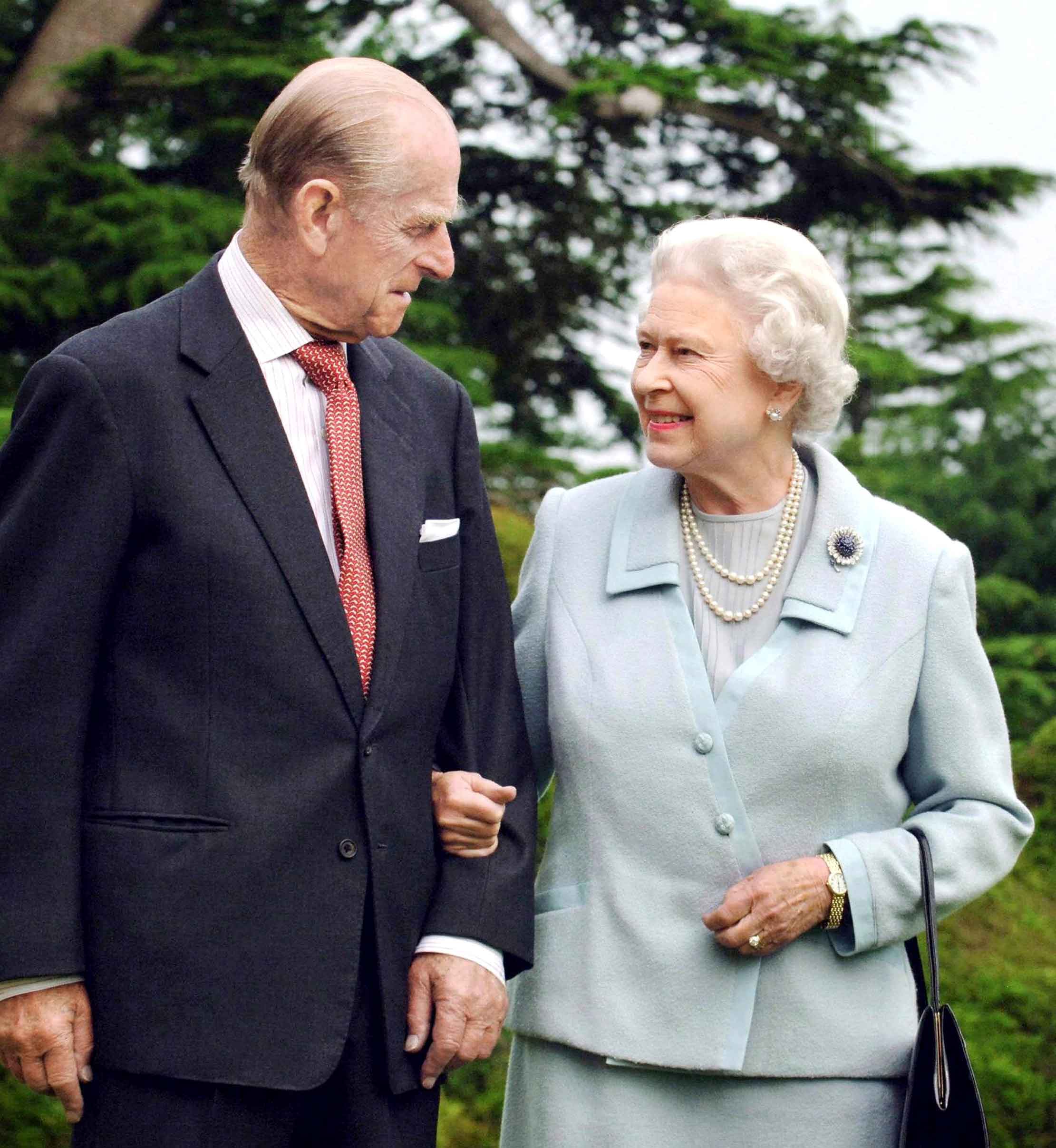 The 73-year-old – said to have become closer than ever to his mother in her final months – concluded by saying, “May flights of Angels sing thee to thy rest.” In the hours following her death, Prince William, 40, reshared the announcement of her passing alongside a beautiful black and white photo of Her Majesty on the social media accounts he shares with his wife.
The 73-year-old – said to have become closer than ever to his mother in her final months – concluded by saying, “May flights of Angels sing thee to thy rest.” In the hours following her death, Prince William, 40, reshared the announcement of her passing alongside a beautiful black and white photo of Her Majesty on the social media accounts he shares with his wife.
William previously told of his love and admiration for his grandmother, saying, “The Queen’s kindness and sense of humour, innate sense of calm and perspective, and love of family and home are all attributes I experience first-hand. All who will inherit the legacy of [her] reign and generation need to do all we can to celebrate and learn from her story.” Meanwhile, the Duke and Duchess of Sussex changed the front page of their Archewell website to a simple black background with white text reading, “In loving memory of Her Majesty Queen Elizabeth II 1926-2022.” Prince Harry, 37, has often spoken about his “special relationship” with his grandmother and he and his wife Meghan, 41, named their daughter Lilibet in her honour when she was born last year. When asked recently what he thought was the best thing about his grandmother, he said, “Her sense of humour. Her ability to see the humour in so many different things.”
Harry – who was comforted by the Queen along with his brother William at Balmoral following the death of their mother Diana, Princess of Wales – added that he often confided in her, saying, “We have a special relationship, we talk about things she can’t talk about with anyone else, so that is always a nice piece to her.”
Prince Andrew’s ex-wife Sarah, Duchess of York, said she was “heartbroken” by the passing of her former mother-in-law. In a statement, she said, “She leaves behind an extraordinary legacy: the most fantastic example of duty and service and steadfastness, and a constant steadying presence as our head of state for more than 70 years. “To me, she was the most incredible mother-in-law and friend. I will always be grateful to her for the generosity she showed me in remaining close to me even after my divorce. I will miss her more than words can express.”
Liz Truss may have only been the Prime Minister for a matter of days but the new Tory leader, 47, captured the mood of the nation when she referred to the Queen as “the rock upon which modern Britain was built”. She said, “Our country has grown and flourished under her reign. Britain is the great country it is today because of her. She was the very spirit of Great Britain – and that spirit will endure.” Leading Scottish tributes, First Minister Nicola Sturgeon, 52, praised Her Majesty’s “exceptional wisdom and dedication”, adding that Scotland had “loved, respected and admired the Queen” who passed away in the country that was so dear to her.
Irish President Michael Higgins, 81, described her as “a remarkable friend of Ireland,” adding, “Her Majesty served the British people with exceptional dignity. Her commitment to her role and extraordinary sense of duty were the hallmarks of her period as Queen, which will hold a unique place in British history.” Outgoing Prime Minister Boris Johnson, 58, who met with the Queen at Balmoral two days before her death, declared her “Elizabeth the Great” and said that “wave after wave of grief is rolling across the world” as a result of her passing. He added, “In the hearts of every one of us there is an ache at the passing of the Queen, a deep and personal sense of loss – far more intense, perhaps, than we expected.” A touching tribute was paid by Queen Margrethe of Denmark – who is now Europe’s only reigning female monarch. The 82-year-old wrote a letter to the new King saying she was “deeply moved by the news of your beloved mother’s death”, adding, “I send you and Camilla my warmest thoughts and prayers.”
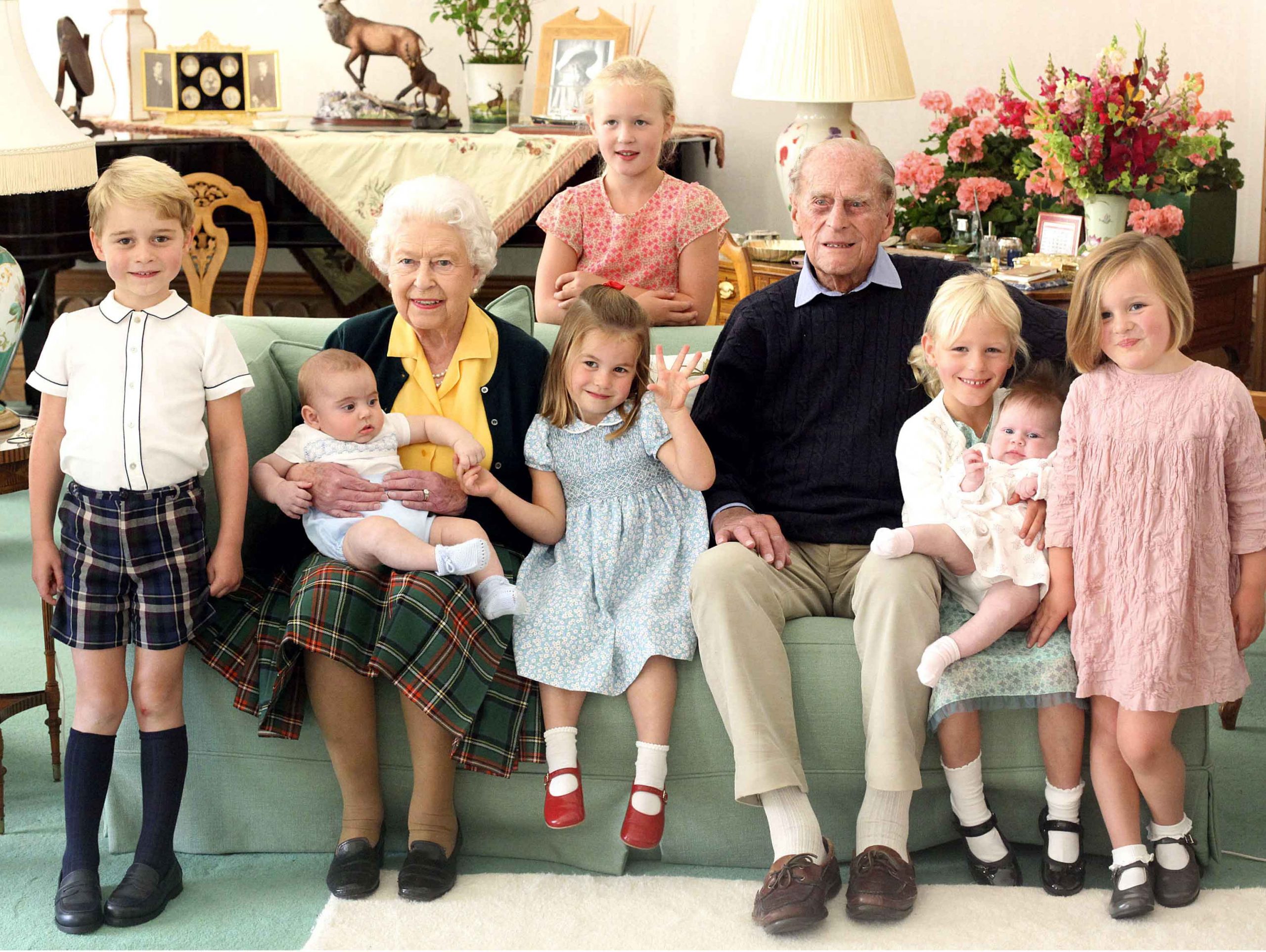 Margrethe – who celebrated her own Golden Jubilee this year – added that Queen Elizabeth II was a “towering figure among the European monarchs and a great inspiration to us all”.
Margrethe – who celebrated her own Golden Jubilee this year – added that Queen Elizabeth II was a “towering figure among the European monarchs and a great inspiration to us all”.
Former US President Barack Obama, 61, shared pictures of the numerous times he and wife Michelle met the Queen while he was in the White House. “Michelle and I were lucky enough to come to know Her Majesty, and she meant a great deal to us,” he said. “Back when we were just beginning to navigate life as President and First Lady, she welcomed us to the world stage with open arms and extraordinary generosity. Time and again, we were struck by her warmth, the way she put people at ease and how she brought considerable charm and humour to moments of great pomp and circumstance.” Current President Joe Biden added that “Her Majesty Queen Elizabeth was more than a monarch. She defined an era.” The 79-year-old added, “In a world of constant change, she was a steadying presence and a source of comfort and pride for generations of Britons, including many who have never known their country without her.”
Former Labour PM Tony Blair, 69, said, “[She] has been a part of my life for all of my life. From the moment I waved my little flag as I watched her, as a child, be driven through the streets of Durham, to the honour of being Prime Minister, to my last meeting with her and then lunching with her at Windsor Castle for the Garter ceremony just a few months ago, she has been an enduring presence of strength and stability. At that lunch, we sat next to each other and she was in sparkling form as we talked – warm, gracious, humorous and spirited.” Labour party leader Sir Keir Starmer, 60, praised her “special, personal relationship with the nation”.
Tributes also poured in from around the world, with Ukrainian President Volodymyr Zelensky, 44, calling her death an “irreparable loss” for the UK and the Commonwealth.
Australian Prime Minister Anthony Albanese, 59, said, “Through the noise and tumult of the years, she embodied and exhibited a timeless decency and an enduring calm.”
Religious leaders across the globe also sent words of condolence – proving that while Her Majesty was head of the Church of England, her ability to inspire transcended religions. Pope Francis, 85, sent a telegram to the new King which read, “I willingly join all who mourn her loss in praying for the late Queen’s eternal rest.”
Zara Mohammed, Secretary General of the Muslim Council of Britain, revealed Her Majesty had been the first monarch to visit a UK mosque. The 31-year-old said, “All of us, of all faiths and none, will remember Her Majesty’s legacy of public service and celebrate her achievements.”
The sporting world also paid tribute, with the England football team writing, “Her Majesty the Queen will be forever linked with some of our most memorable moments – including presenting the Jules Rimet Trophy to our 1966 World Cup-winning side.”
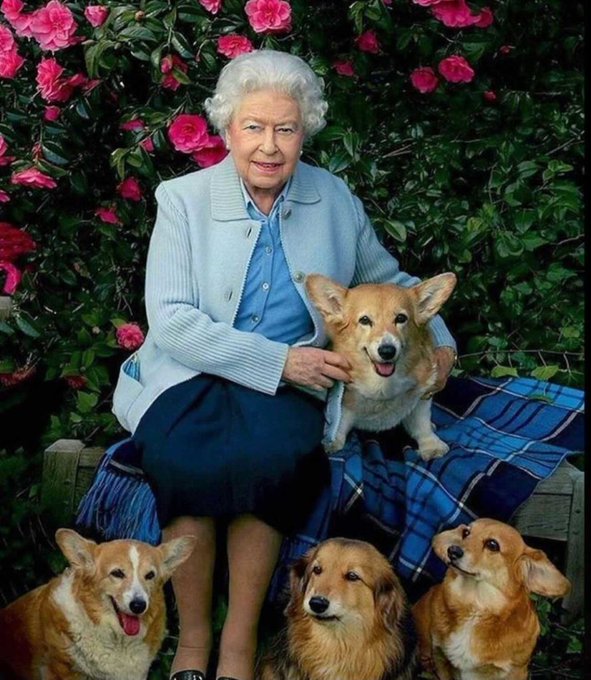 And, finally, Paddington Bear doffed his hat and paid his respects following on from his brilliant comedy turn with Her Majesty during June’s Platinum Jubilee, simply saying, “Thank you, Ma’am, for everything.”
And, finally, Paddington Bear doffed his hat and paid his respects following on from his brilliant comedy turn with Her Majesty during June’s Platinum Jubilee, simply saying, “Thank you, Ma’am, for everything.”
BYLINE: POLLY BROWN
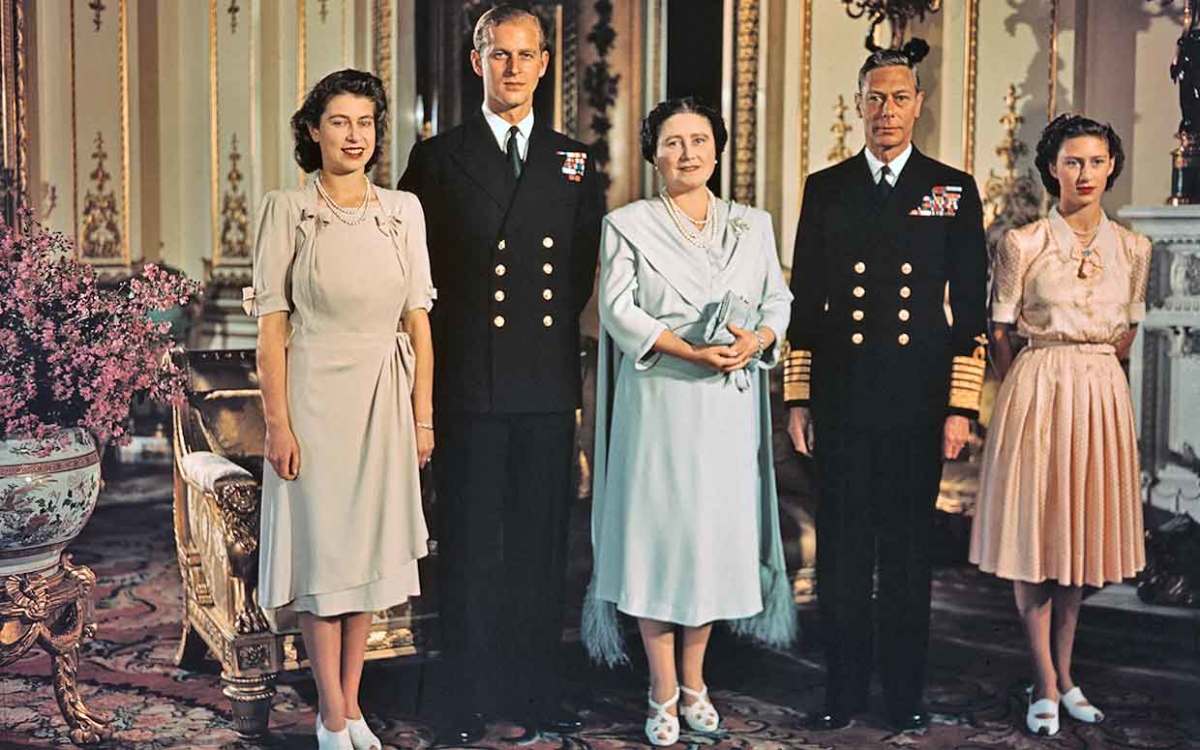 Moments after Queen Elizabeth II was crowned on June 2, 1953, she sat on her throne in Westminster Abbey to receive the homage of princes and peers. But the first person to pay allegiance to the monarch was the man she had married in virtually the same spot five-and-a-half years earlier.
Moments after Queen Elizabeth II was crowned on June 2, 1953, she sat on her throne in Westminster Abbey to receive the homage of princes and peers. But the first person to pay allegiance to the monarch was the man she had married in virtually the same spot five-and-a-half years earlier.
“I, Philip, Duke of Edinburgh, do become your liege man of life and limb, and of earthly worship,” he said solemnly. “And faith and truth I will bear unto you, to live and die, against all manner of folks. So help me God.” Then Philip rose and kissed his Lilibet on the cheek, before waiting to escort his Queen from the Abbey.
“That little scene sums up their unique relationship,” says royal expert Duncan Larcombe.
“Philip was Elizabeth’s first and only love. But, from the moment she became Queen, he was also her consort and his life was dedicated to supporting her as she bore the weight of the Crown.” It wasn’t all plain-sailing, though. Prince Philip was a strong, irascible character who had to give up his own dreams and ambitions for his wife.
He once praised her for having “tolerance in abundance” – and she had to learn to tolerate his infamous gaffes. One former member of the royal household described Philip as being “as constant a presence in our lives as the Queen, walking three steps behind her… just with a lot less diplomacy”.
However, in private, our longest reigning monarch and consort were a far more equal partnership. The Queen’s former private secretary, Lord Charteris, once explained: “Prince Philip is the only man in the world who treats the Queen simply as another human being.” Other royal insiders would often comment that, “Elizabeth wore the crown but Philip wore the trousers” because she always deferred to him in family matters.
Theirs was a truly remarkable royal love story. And it all began with an outbreak of mumps and measles.
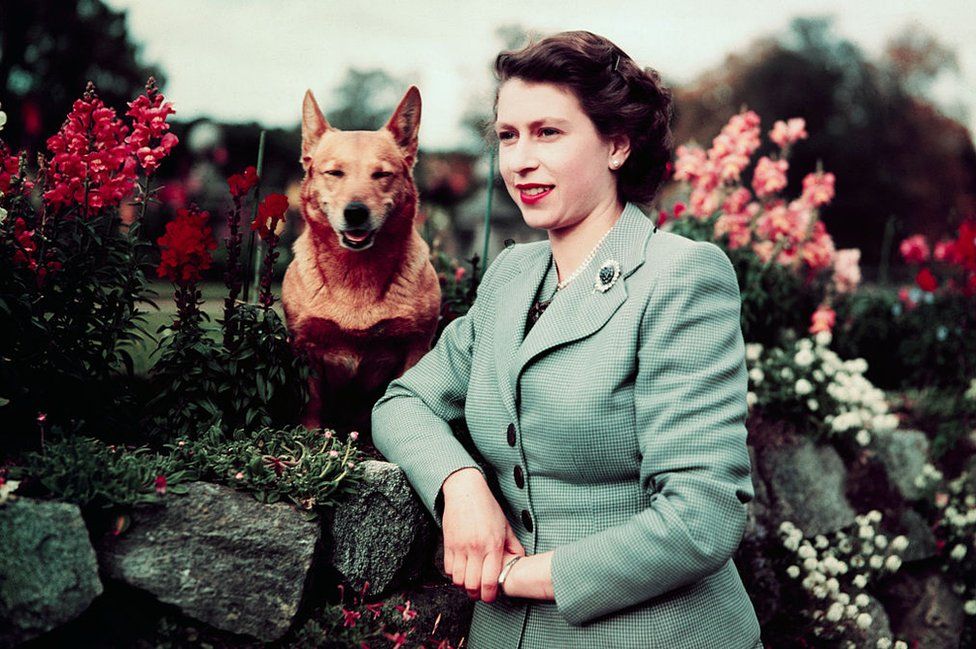 In July 1939, King George VI and Queen Elizabeth arrived to tour Dartmouth’s Royal Naval College with their two daughters.
In July 1939, King George VI and Queen Elizabeth arrived to tour Dartmouth’s Royal Naval College with their two daughters.
But as many of its young officers were sick with the viruses, Princess Elizabeth, 13, and her sister Princess Margaret, eight, waited in the safety of the Captain’s house as their parents were shown round. There to entertain them was the mumps and measles-free Prince Philip of Greece and Denmark, who had recently turned 18. It was the first time Lilibet had met her third cousin and she was instantly smitten by the tall, blond and strikingly handsome cadet officer.
Her governess, Marion “Crawfie” Crawford, recalled “she never took her eyes off him the whole time”.
Philip impressed both sisters with his sporting prowess, charm and humour. Crawfie also recalled him rowing energetically after the departing royal yacht in choppy waters “until the King had to bellow to him to go back”. Their next meeting came when Philip was invited to watch the princesses’ annual panto at Windsor and by April 1941, Elizabeth confided in a friend she had “a boy”.
After the war, Philip became a regular visitor to Buckingham Palace. Crawfie, now a chaperone, recalled, “Everyone in the household was aware of what was in the air. One could not see the young people together without realising what they felt.” The Queen’s cousin and confidante, the late Margaret Rhodes, echoed her comments, adding that Elizabeth was simply “smitten from the start”.
In the summer of 1946, Philip proposed at Balmoral. The King asked them to hold off making an announcement until after her 21st birthday and Philip became naturalised, taking the name Philip Mountbatten.
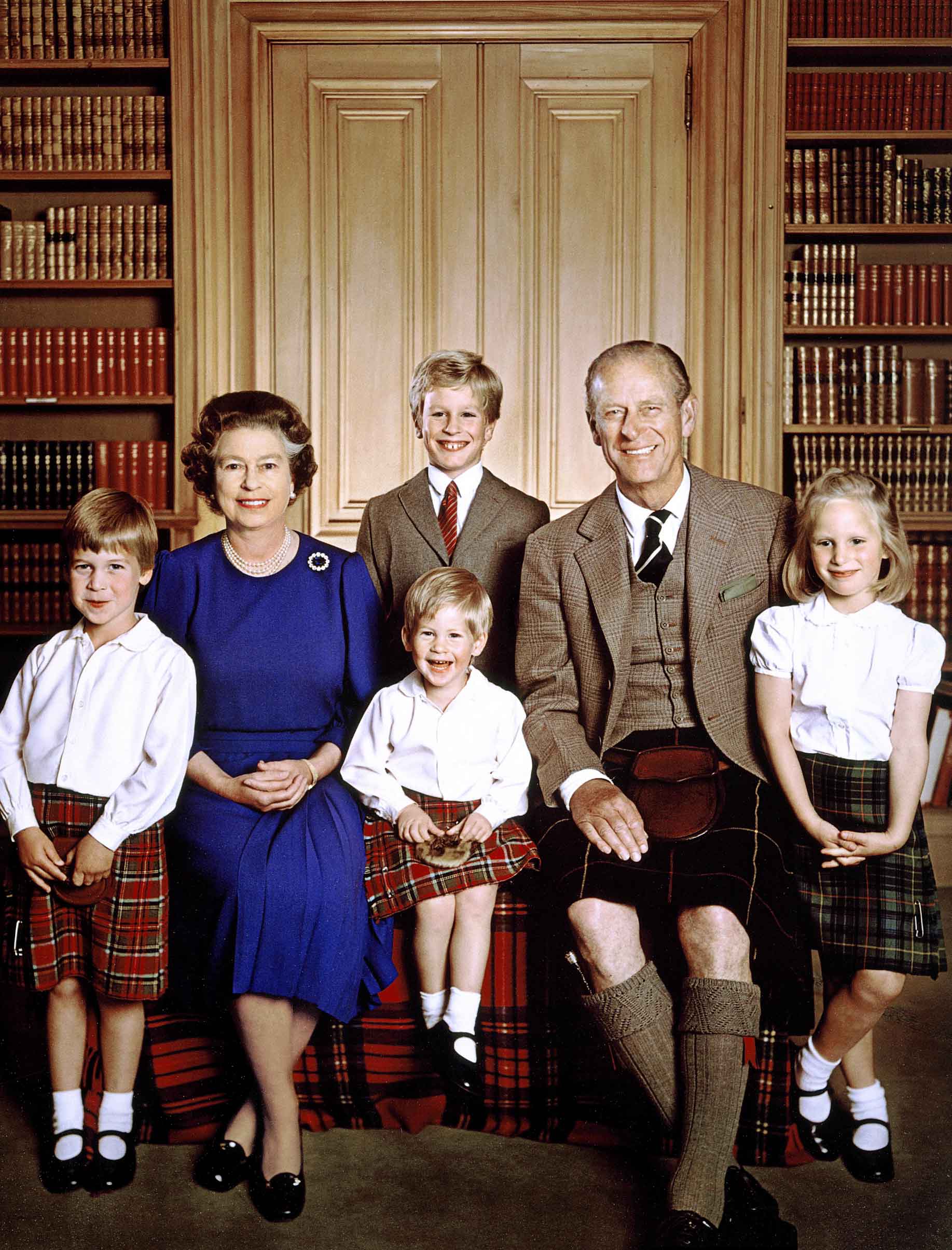 Their engagement was officially announced on 9 July 1947 and Philip presented his bride-to-be with a diamond and platinum ring he had designed.
Their engagement was officially announced on 9 July 1947 and Philip presented his bride-to-be with a diamond and platinum ring he had designed.
The wedding took place at Westminster Abbey four months later, on 20 November. It was a moment of colour amid the austerity of post-War Britain.
Elizabeth was radiant with love as she walked down the aisle towards Philip, appearing to be calm personified as 2,000 guests watched her walk down the aisle on her father’s arm. The 26-year-old groom was still extremely nervous though. Hours before, Philip had been hit by the scale of his commitment, asking a friend, “Am I being very brave or very foolish?” But the newly created Duke of Edinburgh was all smiles later as he and his wife waved from the balcony of Buckingham Palace before embarking on married life.
They spent a week honeymooning at Broadlands, on the estate of Philip’s Uncle, Lord Louis Mountbatten, followed by a fortnight at a lodge at Balmoral. Elizabeth’s father wrote to tell her, “I can see that you are sublimely happy with Philip.” And Elizabeth told her parents, “Philip is an angel – he is so kind and thoughtful.”
The feeling was mutual and Philip wrote to the King that, “Lilibet is the only ‘thing’ in this world which is absolutely real to me.” Their first child, HRH Prince Charles Philip Arthur George, was born on 14 November 1948, just six days before their first wedding anniversary.
But a year later, Philip was posted to Malta with the Royal Navy. Elizabeth decided to join her husband, leaving Charles behind in the care of his grandparents and nurses.
 Despite her sadness at being separated from her son, the two years they spent there were a special time for the princess, who relished the carefree, anonymous life she discovered there.
Despite her sadness at being separated from her son, the two years they spent there were a special time for the princess, who relished the carefree, anonymous life she discovered there.
There was more joy when their daughter, Princess Anne, arrived in 1950. But the years of normality were to be cut short.
In January 1952, the Queen and Prince Philip set off on a tour of the Commonwealth in place of King George VI, who was in poor health. A month later they were in Kenya, enjoying a well-earned safari break at the famous Treetops Hotel. But on the morning of 6 February 1952 George VI was found dead in bed by his valet.
When the news reached Kenya, the Queen was writing a letter to her father, telling him of the wonderful sights she had seen and hoping he would be able to see them for himself soon.
Prince Philip, who was told first, covered his face in shock, saying, “This will be such a blow.” Then he gently asked his wife to take a stroll outside with him… where he broke the news that her darling father was dead and she was now Queen.
It was a seismic moment in their lives.
Forced to quit his job in the Royal Navy, Prince Philip had to take a step back, into his young wife’s shadow. But he had promised her father he would always care for her and vowed to become her “eyes and ears”.
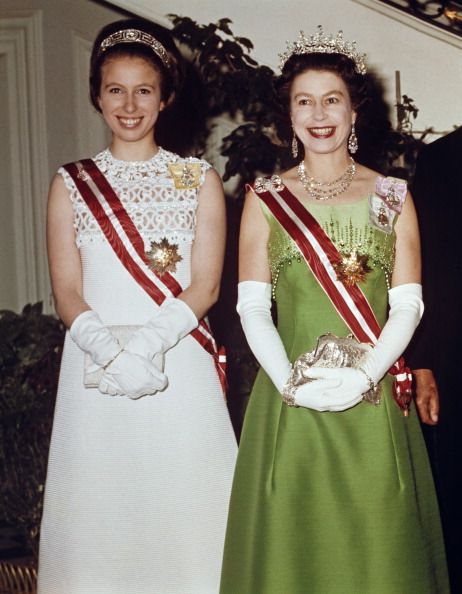 Yet she knew how he struggled to forge his own role in the House of Windsor and how he hated not being able to give their children his name.
Yet she knew how he struggled to forge his own role in the House of Windsor and how he hated not being able to give their children his name.
So, in 1960, following the birth of their third child, Prince Andrew, the Queen announced a compromise – declaring that her descendants would carry the name of Mountbatten-Windsor, except those with the style of Royal Highness and the title of Prince or Princess.
In the early days of the Queen’s reign, Philip used to wonder why he woke in the night with a cold right arm. Eventually he worked it out – he was waving in his sleep. Because as the Monarch went out to meet her people, Philip was always there at her side, smiling and waving for hour upon hour.
In 1953 the couple made their first Commonwealth Tour – a six-month, 43,618-mile visit to 13 countries. And Philip accompanied his wife on all 251 of her overseas visits as well as making more than 600 solo foreign trips to 143 countries on behalf of the 800 charities and groups he supported. He was also at the Queen’s side as she hosted more than 100 State visits and shook hands with more than 1.1 million people at palace functions and garden parties.
Furthermore, it was Philip who saw the need to modernise the royal family and in 1969 he came up with the idea for the TV documentary about them.
After the Queen’s “annus horribilis” of 1992, when Charles and Andrew’s marriages ended and Windsor Castle was hit by a fire, he helped improve the royals’ public image. It was his idea to open Buckingham Palace to the public to help pay for repairs at Windsor.
He was a man of contradictions – an authoritarian and a caring hands-on dad, media-savvy but with a distrust of the press, a public figure who resented any curiosity about his life and a champion of the stiff upper lip who became devoted to the fragile Diana, Princess of Wales.
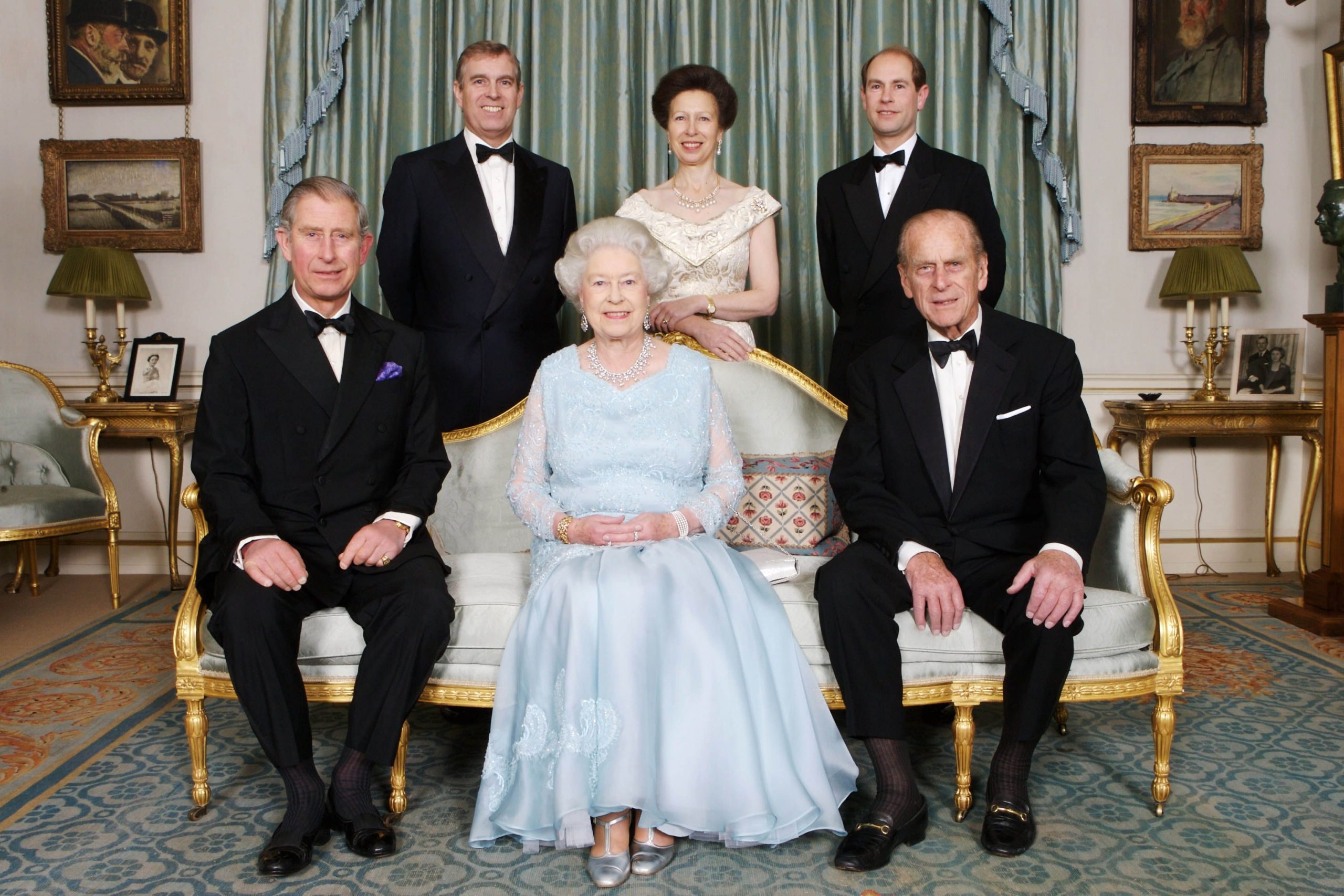 And the Queen adored her fiery, funny, complex Philip. He gave her the nickname “Cabbage” – a play on the French term “mon petit chou”, which means both “my little pastry puff“ and “my little cabbage”.
And the Queen adored her fiery, funny, complex Philip. He gave her the nickname “Cabbage” – a play on the French term “mon petit chou”, which means both “my little pastry puff“ and “my little cabbage”.
The pair often squabbled, though. Lord Charteris once said, “It’s not unknown for the Queen to tell the Duke to shut up.” During an early royal tour of Australia, a film crew was given an insight into just how normal this royal marriage could be. Waiting for the Queen to appear from her chalet, the door flew open and Prince Philip charged out, tennis shoes and a racquet flying after him.
The Queen, visibly enraged, appeared in the doorway, screaming at him to stop running and ordering him to come back. She later reappeared and calmly remarked to the crew, “I’m sorry for that little interlude but, as you know, it happens in every marriage.”
Despite his devotion to the Queen, rumours circulated and the Duke was linked to a string of other women. But royal insiders say they simply chose not to live in each other’s pockets.
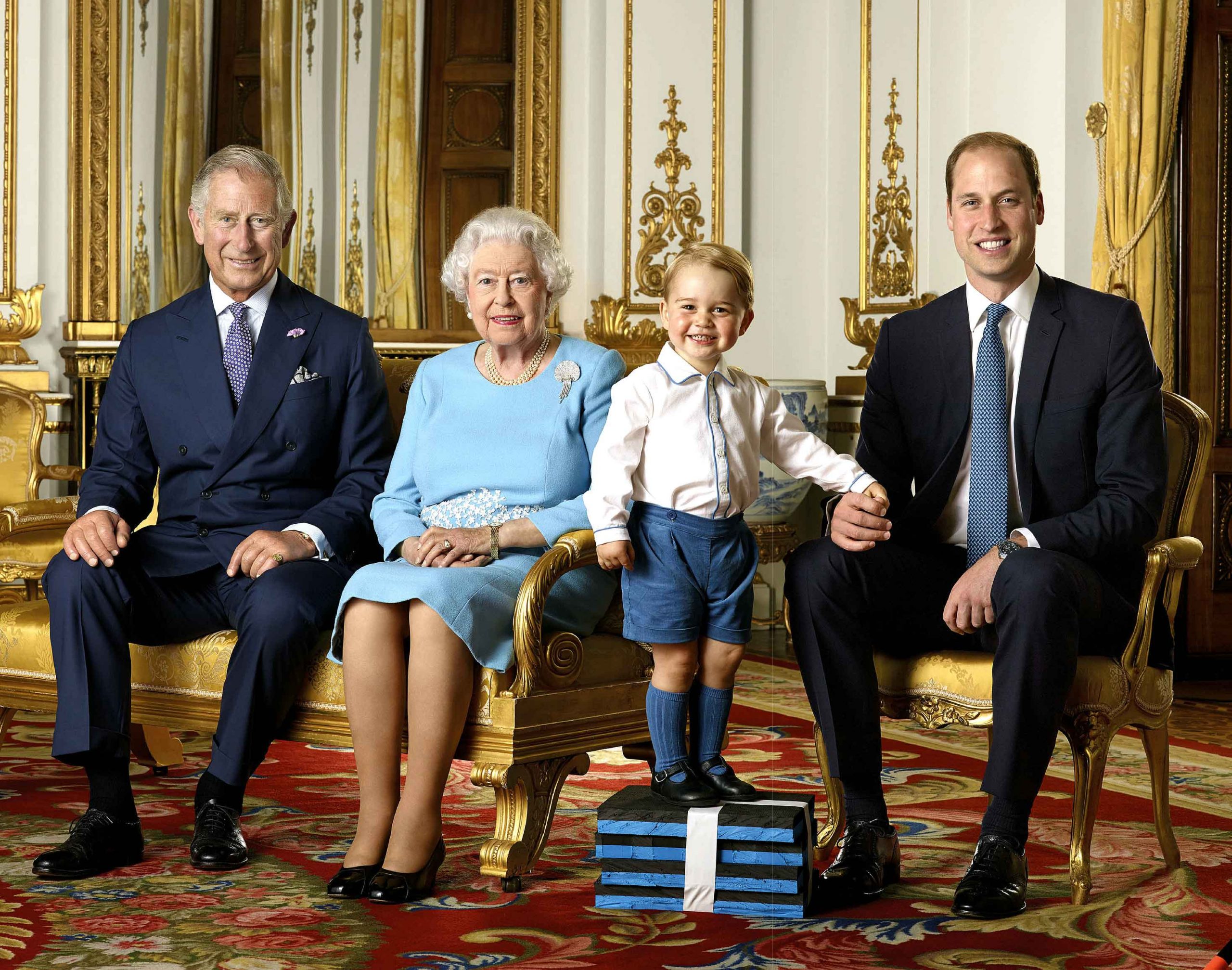 When Philip retired from public life in 2017, at the age of 96, he spent most of his time at Sandringham. The Queen was glad he was finally getting a chance to put his feet up but she clearly missed his daily presence. So while the Covid pandemic brought many trials for Her Majesty, it did have one plus point – she and the Duke were reunited again, locked down together at Windsor Castle with a few loyal staff in “HMS Bubble”.
When Philip retired from public life in 2017, at the age of 96, he spent most of his time at Sandringham. The Queen was glad he was finally getting a chance to put his feet up but she clearly missed his daily presence. So while the Covid pandemic brought many trials for Her Majesty, it did have one plus point – she and the Duke were reunited again, locked down together at Windsor Castle with a few loyal staff in “HMS Bubble”.
And, as the Prince’s health began to fade, it gave the couple precious time to reflect and reminisce on their 80-year love story. Indeed, one of the final photos of the couple together shows them sitting side by side on a sofa admiring an anniversary card from their grandchildren. At the end, Her Majesty the Queen and her liege man of life and limb were just Lilibet and Philip again.
BYLINE: ROWAN ERLAM
![]()
